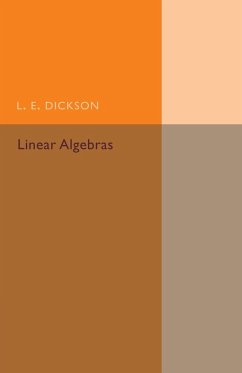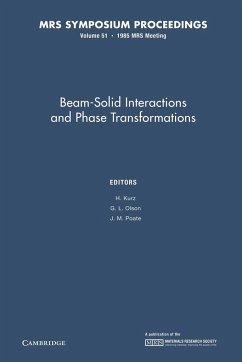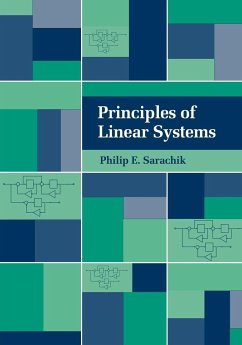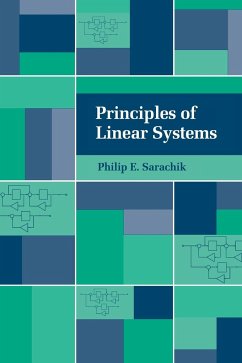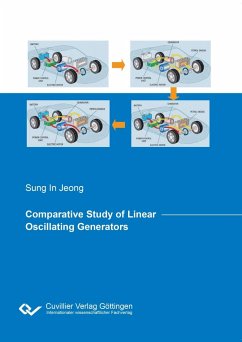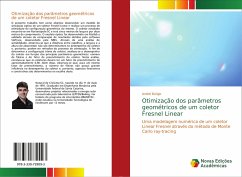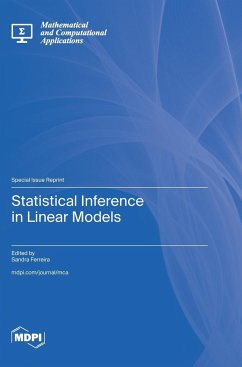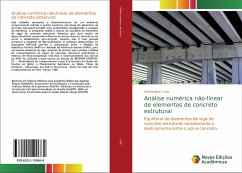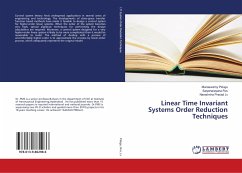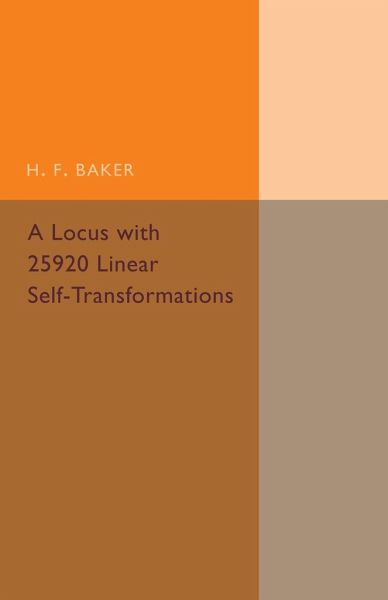
A Locus with 25920 Linear Self-Transformations
Versandkostenfrei!
Versandfertig in 1-2 Wochen
45,99 €
inkl. MwSt.

PAYBACK Punkte
23 °P sammeln!
Originally published in 1946 as number thirty-nine in the Cambridge Tracts in Mathematics and Mathematical Physics series, this book provides a concise account regarding linear groups. Appendices are also included. This book will be of value to anyone with an interest in linear groups and the history of mathematics.





